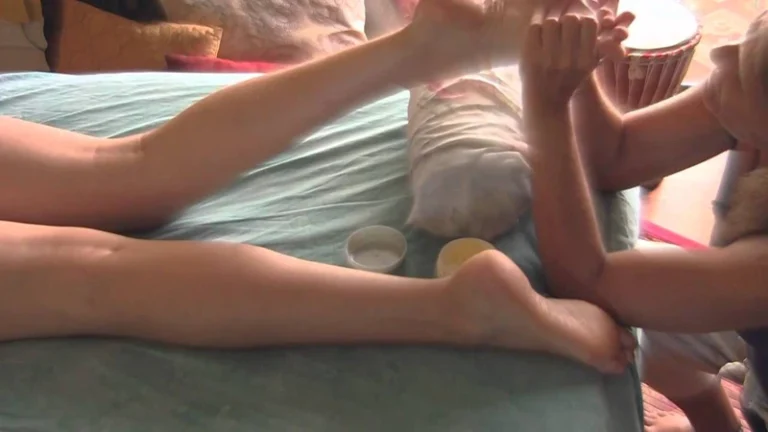Have you ever heard a crunching sound when you massage your feet? If so, you may be wondering “What is the crunch when I massage my feet?” This article will provide an overview of the benefits of foot massage and answer your question. Foot massage not only helps to relax the tension in your feet, but can also improve circulation and reduce pain. The crunching sound you hear is the result of breaking up adhesions and scar tissue in the feet. This article will explain the benefits of foot massage and how it can help address the crunching sound.
Contents
What is the Crunch When You Massage Your Feet?
Have you ever experienced a crunchy sensation when you massage your feet? Many people have, and it can be concerning to experience. In this guide, we’ll explore the cause of this crunching sensation and the associated foot massage benefits.
What Causes the Crunch?
When you massage your feet, you may feel a crunchy sensation, also known as crepitus, that can be alarming. The crunch occurs when air pockets, which are usually filled with fluid, are forced out of the joint capsules. This is a normal reaction, and the crunch is caused by a combination of the cartilage and soft tissue in the joint moving.
Is the Crunch Normal?
Yes, the crunch is perfectly normal. When you massage your feet, you are helping to move the cartilage and soft tissue in the joint, and the crunch is simply a result of the air pockets being forced out. Foot massage has many benefits, and the crunch should not be a cause for concern.
In addition to the crunching sensation, foot massage can help to reduce inflammation, improve circulation, and reduce muscle tension. It can also help to relieve stress, improve sleep, and reduce fatigue. So, if you experience a crunch when you massage your feet, don’t worry – it’s perfectly normal and a sign that you’re enjoying the foot massage benefits.
Benefits of Foot Massage
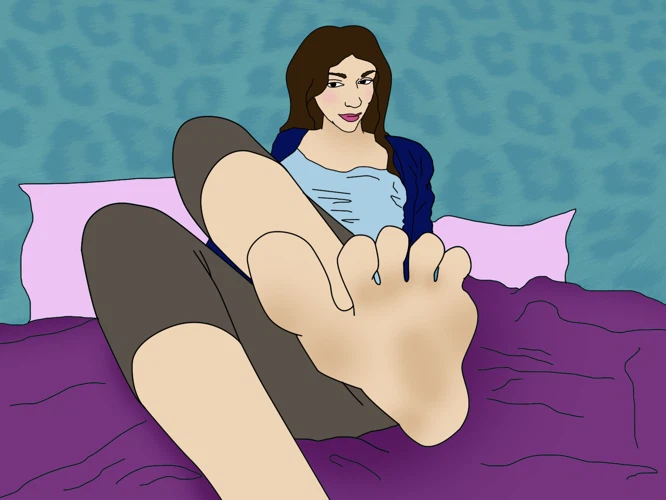
Physical Benefits
Reduced Pain: The compression and kneading motions of massage can help reduce pain in the feet, ankles, and lower legs.
Improved Circulation: Foot massage helps improve circulation by encouraging blood flow throughout the body. This can help reduce swelling and stiffness in the feet.
Increased Mobility: Foot massage can help reduce tension in the muscles and joints, making it easier to move around.
Relaxation: Foot massage helps relax the body, relieving stress and tension.
Mental Benefits
Reduced Anxiety: Foot massage can help reduce anxiety and stress levels, creating a sense of calmness and relaxation.
Improved Mood: Massaging the feet can help promote positive emotions and improve overall mood.
Better Sleep: Foot massage promotes better sleep by relaxing the body and mind, allowing for a more restful and restorative night of sleep.
Techniques for Foot Massage
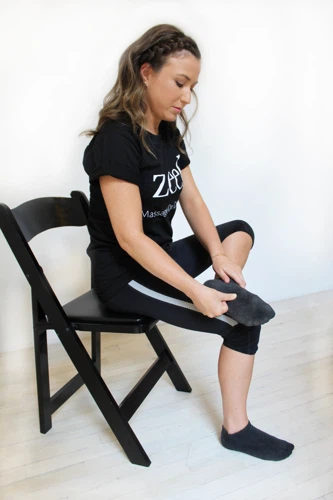
| Technique | Description |
|---|---|
| Swedish Massage | This is a gentle massage technique that involves long, flowing strokes, kneading, and tapping. |
| Reflexology | This type of massage focuses on the reflex points on the feet, which correspond to different parts of the body. It is believed that by massaging these points, it can help reduce pain and improve overall health. |
| Trigger Point Massage | This type of massage is used to target specific areas of tension in the feet. Pressure is applied to specific points, which can help to reduce pain and improve mobility. |
| Deep Tissue Massage | This type of massage is used to release deep-seated tension and knots in the feet. Pressure is applied to specific areas, and the massage therapist may use their elbows and forearms to reach deeper tissue layers. |
| Shiatsu | This type of massage uses finger pressure to stimulate reflex points on the feet. It is believed to help improve overall health and reduce pain. |
| Acupressure | This type of massage uses pressure applied to specific points on the feet to relieve pain and improve overall health. |
Foot massage can help to reduce stress, improve circulation, and promote relaxation. There are many different techniques that can be used to massage the feet, including Swedish massage, reflexology, trigger point massage, deep tissue massage, shiatsu, and acupressure. Each of these techniques offers unique benefits and can help to improve overall health and well-being.
Tips for Foot Massage
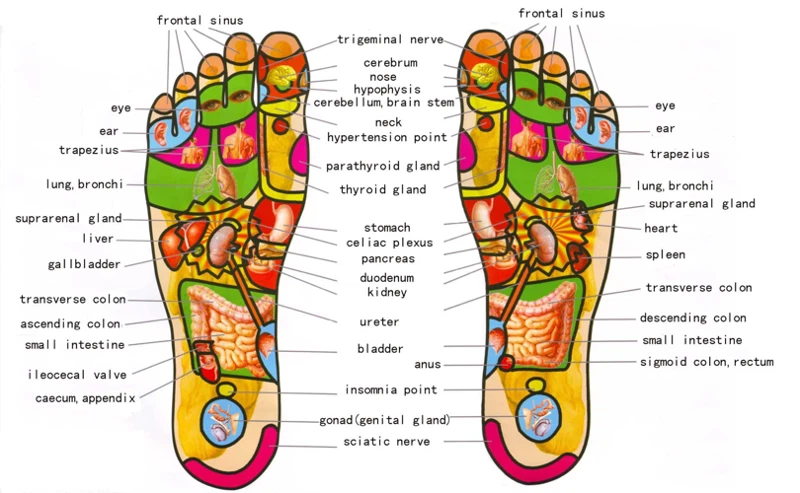
Clean your feet: Prior to any foot massage, it is important to clean your feet thoroughly. This can be done with warm water, soap and a soft brush. Make sure to dry your feet well after cleaning.
Choose the right massage oil: Choose a light massage oil such as almond oil, coconut oil, or jojoba oil. Massage oil helps increase the friction between the skin and your hands, which allows for better massage strokes.
Start slow: Begin with slow and gentle strokes and gradually increase pressure. Start by massaging the top of the foot and then gradually move down to the toes.
Circular motions: Use your thumbs to make circular motions on the sole of the foot. This helps to relieve tension and pain.
Work on specific areas: Pay special attention to the areas between the toes, the arch of the foot, and the heel. These areas contain a lot of nerve endings that can be stimulated through massage.
Breathe: Take time to breathe during the massage. This helps to relax the body and release tension.
End with a cool down: End the massage with a light massage using your fingertips. This helps to reduce inflammation and improve circulation.
Warning and Precautions
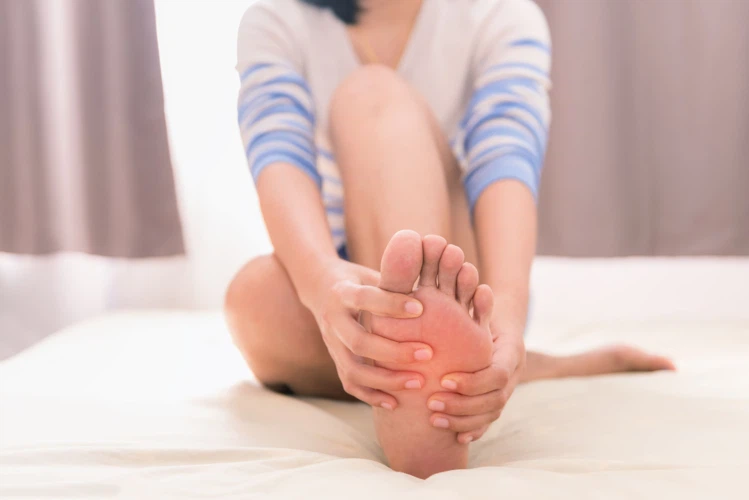
Foot massage should not be done if you have any infection in the foot. Infection and inflammation, including ingrown toenails, athlete’s foot, and fungus, should be treated by a qualified healthcare professional.
People with diabetes should not massage their feet unless instructed by their doctor. Massage can increase circulation, which may be dangerous for people with diabetes.
People with varicose veins should avoid foot massage as it can further aggravate their condition.
People who have had recent foot surgery should consult their doctor before undergoing foot massage.
Pregnant women should consult their doctor before undergoing foot massage.
People with circulatory problems should avoid foot massage as it can increase the risk of blood clots.
People with open wounds or sores should avoid foot massage until they have healed.
People with skin disorders should consult their doctor before undergoing foot massage.
Products for Foot Massage
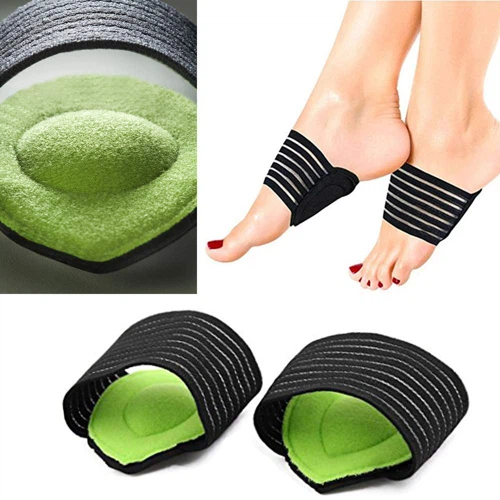
- Foot Rollers: Foot rollers are great tools for providing a massage while walking. They are designed to massage the muscles and joints of the feet, using knobs and spikes to stimulate the nerves and increase circulation.
- Foot Massage Mats: Foot massage mats are made of textured material and provide a massage while you stand or walk on them. The mats can be used to massage the feet as well as the ankles and calves.
- Foot Massage Balls: Foot massage balls are great tools for a massage. They are typically made from rubber or foam and are designed to provide relief to the feet and stimulate circulation.
- Foot Massage Brushes: Foot massage brushes are designed to provide an invigorating massage to the feet. They are usually made of soft bristles and are designed to stimulate the nerves and increase circulation.
- Foot Massage Creams and Lotions: Foot massage creams and lotions are designed to provide a soothing and relaxing massage. They are usually made with natural ingredients such as essential oils and are designed to help reduce pain and improve circulation.
Risks of Foot Massage
Although foot massage can provide many health benefits, there are also potential risks and side effects. Over-massaging the feet can cause bruising, soreness, and the spread of infection. It is important to ensure that the massage therapist is properly sanitizing their hands and implements between clients.
It is also important to remember that foot massage should not be used to treat any medical condition. If you are experiencing any aches, pains, or other symptoms, it is best to consult with a doctor before trying any massage therapy. There are some medical conditions that can be aggravated by massage, such as varicose veins, thrombosis, and deep vein thrombosis.
In some cases, foot massage can cause the skin to become irritated or inflamed. If this occurs, it is best to stop the massage and apply a cold compress to the area. Additionally, some people may be allergic to certain massage oils or lotions that are used during the massage. If you have any known allergies, it is important to inform the massage therapist before the massage begins.
Finally, it is important to be aware that some massage techniques may be inappropriate for certain age groups. For example, infants and young children should not receive a massage that is too deep or too intense. It is best to consult with a medical professional before using any massage techniques on children.
Frequently Asked Questions
What are the Health Benefits of Foot Massage?
Foot massage provides a number of health benefits, including:
- Stimulates circulation and lymphatic flow, helping to flush out toxins from the body
- Relieves tension, muscle stiffness, and pain
- Improves sleep quality and reduces insomnia
- Reduces fatigue and stress
- Improves mobility and flexibility
- Enhances relaxation and wellbeing
- Improves the immune system by boosting white blood cells
- Increases energy levels
Foot massage also has psychological benefits, such as reducing anxiety and promoting a sense of calm and relaxation.
How Often Should One Get a Foot Massage?
The frequency of foot massage depends on the individual’s needs. If you are experiencing muscle tightness, pain, or other discomfort, regular foot massage may help alleviate these issues. For general wellness, a foot massage can be beneficial once a month. Those who work on their feet all day may find that more frequent sessions are beneficial.
Is there a difference between a foot massage and a reflexology massage?
Reflexology massage focuses on the specific pressure points on the feet, hands, and ears to stimulate the body’s natural healing process. It is based on the idea that the body is divided into 10 energy channels and that each area corresponds to a specific organ or body part. During the massage, the practitioner applies pressure to specific points to release tension and stimulate the body’s natural healing process. Foot massage involves a lighter massage technique, with the practitioner using their hands and fingers to provide a relaxing massage, focusing on the muscles and tendons in the foot and lower leg. The goal of a foot massage is to provide relief from pain and tension, improve circulation, and promote relaxation.
Is Foot Massage Safe for People with Diabetes?
- Diabetic Neuropathy: People with diabetes are at risk of developing diabetic neuropathy, a nerve disorder that can cause pain, numbness, and loss of sensation in the feet. Foot massage can help relieve this pain by increasing circulation and reducing inflammation.
- Circulation: Massaging the feet can help to improve circulation, which can help to reduce swelling and improve overall foot health in people with diabetes.
- Pressure Points: Foot massage can help to target pressure points, which can help to reduce pain and improve overall well-being.
- Awareness: People with diabetes should be aware of their feet and be mindful of any changes in sensation in order to avoid any potential damage to the feet.
- Proper Care: Massage can be beneficial but only when performed properly, so ensure that your massage therapist is trained and experienced in working with people with diabetes.
In conclusion, foot massage is generally safe for people with diabetes, but proper care and attention should be taken to ensure that the massage is performed properly and with caution.
Are there any contraindications for foot massage?
Foot massage is generally safe and beneficial for most people, however there are certain conditions and treatments for which foot massage should be avoided. These include open wounds, infectious diseases, fractures, acute deep vein thrombosis, and thrombophlebitis. Additionally, people with diabetes, heart problems, low back pain, and circulatory issues should consult a doctor before receiving a foot massage.
Conclusion
Foot massage offers a variety of benefits that can help improve your overall health and well-being. Not only is it a great way to relieve stress and tension, but it can also improve circulation, reduce pain and inflammation, and even improve mood and sleep quality. Taking the time to massage your feet can be a great way to relax and take care of your body.

